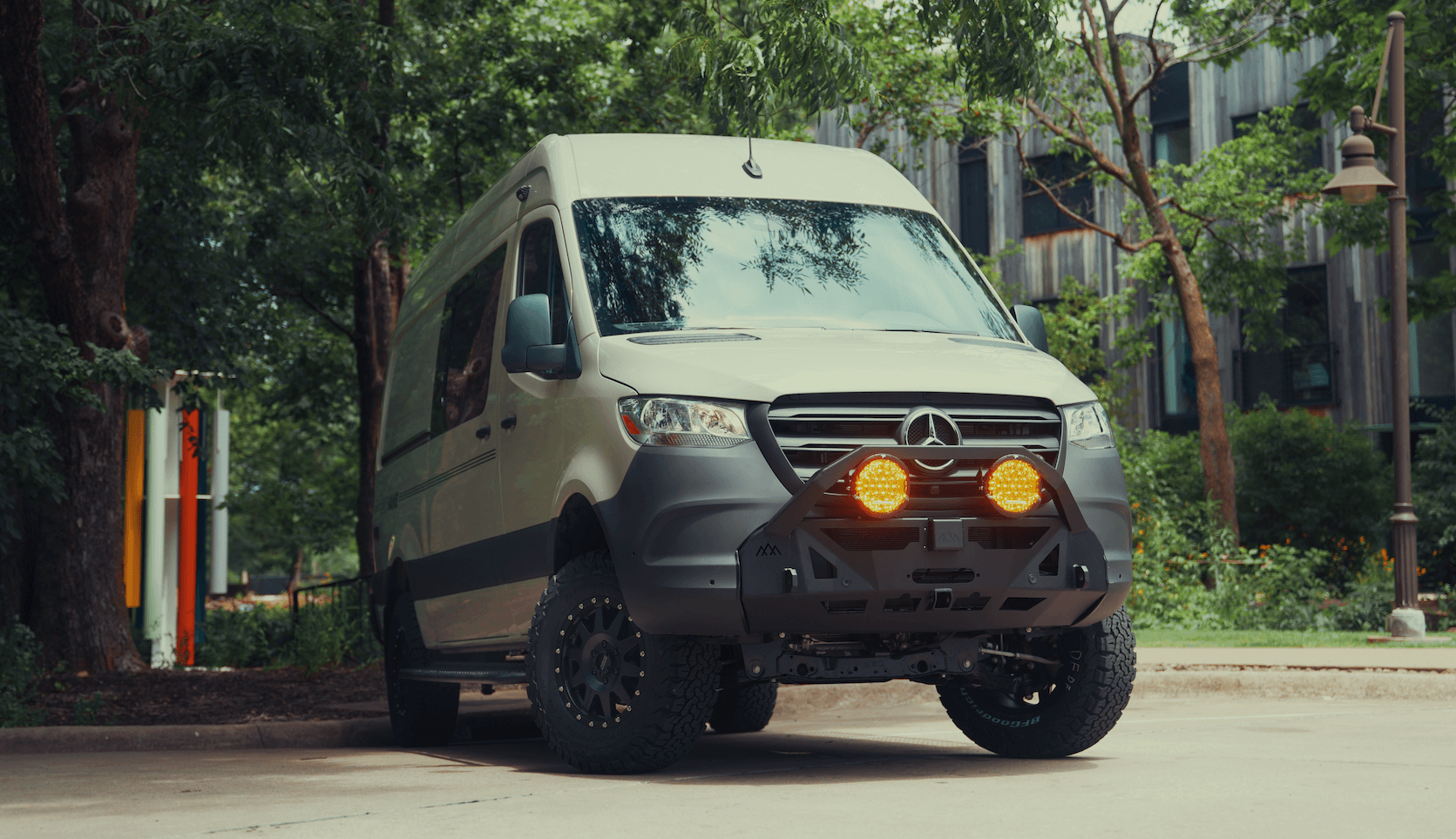Recreational Vans

Summer comfort starts with understanding how the sun travels. The midday sun sits high and strikes roofs and upper walls, while morning and late afternoon light arrives at lower angles and sneaks under small awnings. Plan parking so the living side of your setup sits in the shadow during the hours you occupy it most. If possible, use deciduous trees for filtered shade that cools air while allowing breeze to move through. Always check for hazards such as dead limbs before settling in.
Aim the largest opening or door toward the side that will be shaded first. For many sites, a slight east facing orientation blocks early glare and keeps breakfast prep pleasant. If you cannot choose the perfect angle, increase awning projection so low sun cannot bypass the edge.
The sun shifts about fifteen degrees per hour, so your shade footprint slides across the site. Use adjustable poles and guy lines to retension fabric and steer shadow where you need it. Position chairs, cooking stations, and pets in the advancing shadow to reduce radiant exposure without constant teardown.
Shade works best when heat can escape. Suspend fabric a few inches above the surface you want to protect to prevent direct conduction. A small air gap lets hot air rise and carry heat away, which can lower roof or window temperatures noticeably.
Not all shade is equal. Lighter colored fabrics reflect more solar energy and stay cooler to the touch. Look for UPF rated materials to block ultraviolet exposure, and pick a weave that balances sun protection with airflow. Shade cloth in the fifty to seventy percent range allows wind to breathe through while cutting glare and burn risk.
Choose reflective tarps for high heat regions and breathable shade cloth for humid zones where airflow matters. A double layer system with an outer reflective sheet and inner mesh can dampen radiant load without trapping moisture. Avoid dark, dense fabrics directly against metal or glass, which can build heat.
Summer storms arrive fast. Use solid anchors, proper guy line angles, and tensioners that can be loosened quickly. Low profile triangular shade sails shed gusts better than large rectangles. Keep lines visible with flags or bright cord to prevent trips.
Layered protection beats a single large canopy. Combine a projecting awning for living space with insulated window covers on the sun side and a reflective windshield screen. Roof racks can serve as a standoff platform, creating a cooling air gap over the roof surface when paired with a light shade sheet.
Heat management is a system. Shade reduces radiant load, ventilation removes trapped heat, hydration supports your body, and timing of activity keeps stress down. Measure what works by feel and by thermometer. Small tweaks in placement or material can produce large comfort gains.
Create cross breeze. Crack windows on the leeward side, use a roof vent fan to exhaust hot air, and keep intake paths unobstructed. Shade the intake side so the air entering the vehicle is cooler. Even a slow steady fan can make shade feel several degrees cooler.
Shade does not replace water or sun protection. Drink regularly, wear a brimmed hat, and apply broad spectrum sunscreen to exposed skin. A compact mister under the awning can drop perceived temperature quickly on dry afternoons.
Never screw hardware into live trees. Use wide straps to distribute load and avoid bark damage. Follow local rules about hammock rigs and canopies. Pack out worn cords and damaged stakes to keep camps clean for the next traveler.
The most reliable summer shade strategies mix planning, simple physics, and adaptable gear. Park with intent, stretch fabric with an air gap, add layers at windows and windshields, and let air flow through the system. Test your setup at midday, when the sun is unforgiving, and tune the angles until glare fades and surfaces cool to the touch. In open desert, prioritize reflective covers and low shade sails that shed wind. In humid forests, pick breathable cloth and chase breeze lines under the canopy.
When you want shade to integrate with your travel rig, a purpose built approach helps. Seamless awning mounts, insulated interior panels, and vent fan placement turn a hot box into a usable living space. OZK Customs designs these elements to work together, so you are not fighting heat every afternoon on the road.
Strong shade, smooth airflow, and protective materials are the trio that wins the hottest days. Set them up well and your camp becomes a refuge instead of a place you endure until sunset.
If you are considering a vehicle outfitted for summer, explore our Recreational vans and see how comfort systems come together. For a ground up solution tailored to your travels, start a Custom van build conversation. If you are weighing platforms that are easier to finance, view our Mainstream vans to compare options for your lifestyle.
Ready to enjoy cooler summer travel without guesswork? OZK Customs designs and installs integrated shade systems, insulated window covers, vent fans, and purpose built awnings that work together. Tell us how and where you travel, and we will engineer a solution that keeps your rig comfortable on the hottest days. Start your build conversation now.
Ready to enjoy cooler summer travel without guesswork? OZK Customs designs and installs integrated shade systems, insulated window covers, vent fans, and purpose built awnings that work together. Tell us how and where you travel, and we will engineer a solution that keeps your rig comfortable on the hottest days. Start your build conversation now.
ADDRESS:
6159 E Huntsville Rd, Fayetteville, AR 72701
PHONE:
(479) 326-9200
EMAIL:
info@ozkvans.com